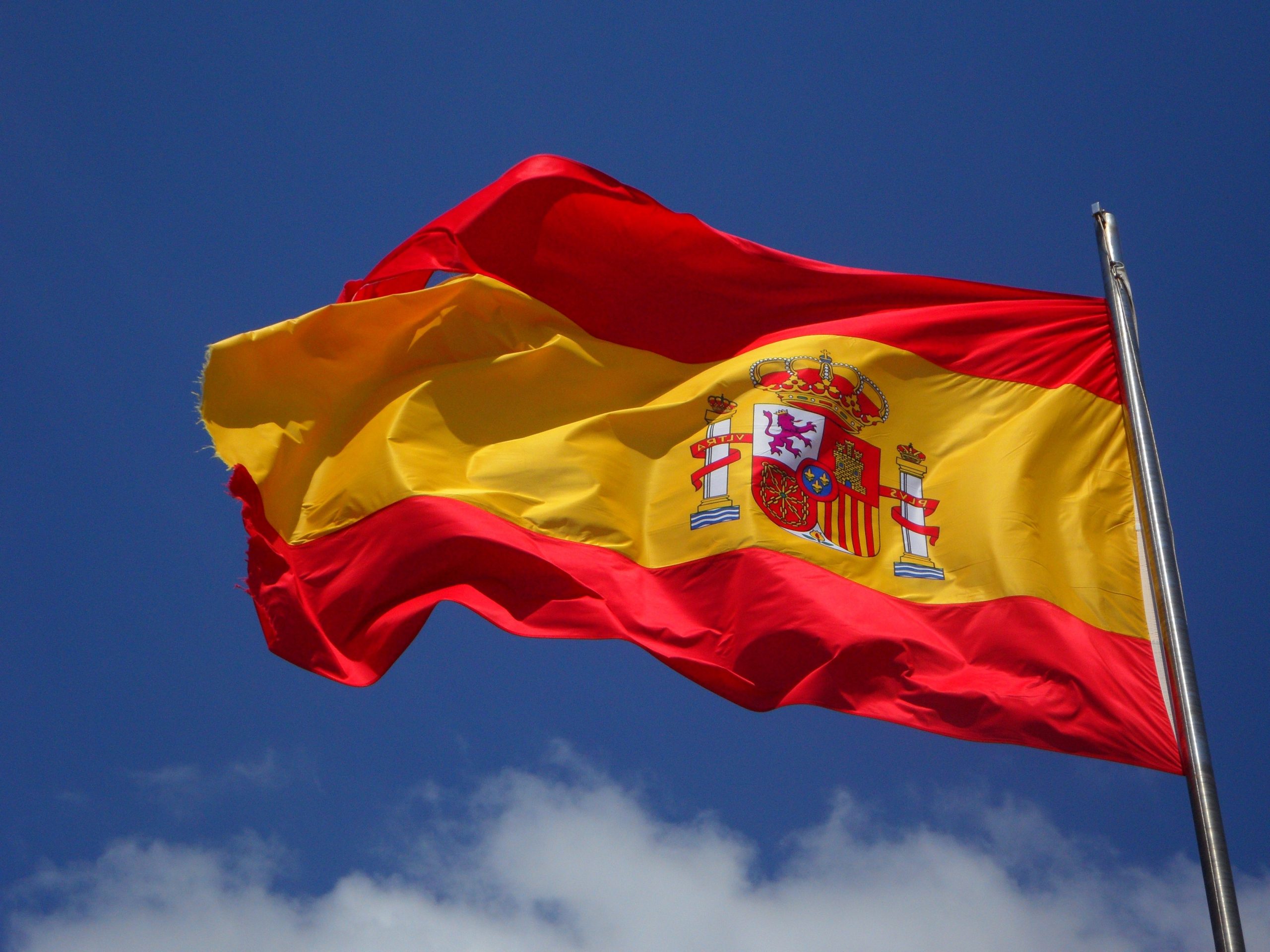Education in Spain is government funded and mandatory between the ages of three and sixteen. However, dad and mom or felony guardians ought to pay for books, materials, and every so often uniforms for their children. Generally speaking, there are three categories of Spanish colleges in the Spanish training system: public schools (colegios públicos), which are commonly state-funded; private colleges (colegios privados), which are privately funded; and semi-private schools (colegios concertados), which are funded partially by way of the country and partially by means of non-public sources.
Once the required education is finished, a scholar can then choose to continue reading in their secondary college (the closing two years are called Bachillerato) or move on to a vocational faculty for intermediate vocational training (Formación Profesional de grado medio). Only those who finish Bachillerato or higher vocational coaching (Formación Profesiónal de grado superior) can be admitted to a university.
Let’s look at the one of a kind sort of college in Spain.
SPANISH PRESCHOOL
Preschool schooling in Spain, called educación infantil, is divided into two cycles. The first cycle is for adolescents 0-3 years historic and is optional. Therefore, families have to pay for the first cycle of preschool, although there are useful resource packages for households in need. The second cycle of preschool education is obligatory in Spain, so college students 3-6 can attend public preschool for free.
SPANISH ELEMENTARY SCHOOL
In Spain, principal college or colegio is made up of six educational school years; college students are between the ages of 6 and 12. The goal is to supply Spanish college students a common, strong schooling in culture, oral expression, reading, writing, and math.
Spanish faculty hours rely on the school, but there are two major schedules. Some faculties run from 9 a.m. to 5 p.m. with a two-hour lunch wreck from 1 p.m. to 3 p.m. Other faculties commence at 9 a.m. and cease at 2 p.m., the ordinary lunchtime in Spain. When school gets out, all of us are free to go home for the most necessary meal of the day (according to Spanish ingesting customs).
SPANISH MIDDLE SCHOOL AND SPANISH HIGH SCHOOL
Compulsory Secondary Education
After colegio, Spanish college students enter Educación Secundaria Obligatorio, or ESO. Students in ESO are between 12 and 16 years old, which would be a combination of center college and the first two years of high college in the U.S.
By law, Spanish college students need to finish the four years of ESO, however if they repeat a year and flip sixteen before they finish, they are capable of leaving the faculty if they wish.
The objective of ESO is for college students to boost crucial thinking capabilities and other skills that will help them in their personal lives, such as working as part of a team.
Spanish Baccalaureate
Bachillerato is non-compulsory, free education for students aged sixteen to 18, which would be the final two years of excessive college in the U.S.
Although it’s not required, more and more young humans are identifying to continue to be in secondary school for these final two years. During this time, college students gather extra precise expertise associated with a place of their choosing: art, science and technology, or humanities and social sciences.
Once students graduate from Bachillerato, they can take the university entrance exam or go on to higher vocational education (Formación Profesiónal de grado superior).
INTERMEDIATE AND HIGHER VOCATIONAL TRAINING
Vocational Training in Spain, also acknowledged as Formación Professional or FP, is job-specific education that prepares students to enter without delay into the workforce. In general, the packages remain two years and require college students to complete an apprenticeship or internship in an employer where they can put what they’ve learned in the classroom into practice.
The distinction between intermediate (grado medio) and higher (grado superior) vocational coaching is the amount of ideas the pupil learns and the level of specialization they acquire as a result.
SPANISH UNIVERSITY AND HIGHER EDUCATION
Spanish college degrees usually require 4 years of study, even though certain stages require extra years. In accordance with the European Commission of Education and Training, Spanish higher schooling consists of Bachelor or undergraduate degrees (Grado) for four-year programs, Master’s degrees (Máster) for two-year post-graduate programs, and Doctorates (Doctorado) for post-master’s education.
University research is now not compulsory, so college students are accountable for paying for their personal higher education. The fee of training is tons less in public universities than in non-public universities. There are many internationally identified public Spanish universities, such as the Autonomous University of Madrid, the Autonomous University of Barcelona, the University of Salamanca, and the University of Alcalá de Henares, amongst many others.
Schooling in Spain
